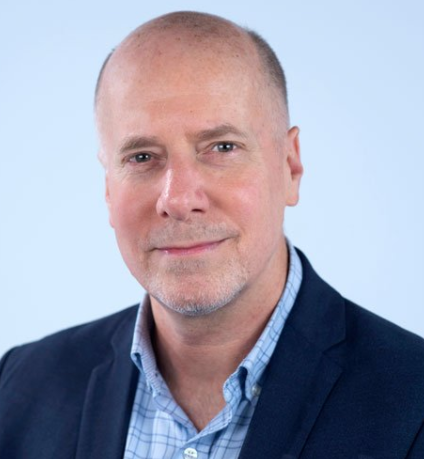Alliance Discussion with Dr. Daniel Bausch: An Update on the Monkeypox Outbreak

In an August 3, 2022, alliance discussion, Daniel Bausch, MD, MPH&TM, President, American Society of Tropical Medicine and Hygiene, discussed the monkeypox outbreak and the U.S. response. Some of Dr. Bausch’s insights:
On mode of transmission:
“It’s not an easy virus to catch. You catch it by having close contact physical contact with the person for the most part, perhaps in the early phases of the disease. There may be some transmission from a person who can be coughing, but only if you have direct and prolonged contact. [It is] so much harder to catch monkeypox virus than it is to catch COVID-19 with just normal, day to day interactions.”
On variants and mutations:
“SARS-CoV-2 is a different type of virus [than monkeypox]. It’s composed of RNA, while monkeypox is composed of DNA. DNA generally has much slower mutation rates than RNA viruses. So, the concern of [monkeypox] going through lots of changes is much less.”
On whether it is a sexually transmitted disease:
“Typically, we would think about the sexual transmitted disease where you have a virus that is secreted in the sperm or in semen, or in vaginal secretions. There is some evidence of [monkeypox] in semen of [individuals who were infected], but relatively low levels, and it’s not clear that that itself is the effecting event.”
On testing and diagnosis:
“It is not a particularly difficult virus to diagnose. In some ways the sample type is a little tricky. You need to scrape the lesions and then [send] that crust into a laboratory. Once it gets to the laboratory…. some of the common diagnostic techniques [for example, PCR] can be done. Nevertheless, it’s not a virus that all [laboratories] are set up to [test for].”
On mitigation efforts:
“The number one tool that we need to approach is behavior modification. We know that this is a disease that requires close physical contact that can be avoided. We need to have a better definition of what that means… [How] can people [safely] have sex, for example? Safe sex with a condom, or is that still not protective? We don’t really know”.
On the vaccines for smallpox and monkeypox:
“The advances that have been made for this disease come from either our concerns about smallpox, when it was still circulating in the wild, and from concerns about bioterrorism. After the anthrax outbreaks in the early 2000s in the United States, there was a lot of concern that smallpox could still be found and used as a as a bioweapon. So that’s really what has promoted use of these vaccines and the development of these newer generation vaccines.”
On vaccine administration:
“There are big questions about the target populations and how we can use [vaccines]. The classic way would be post-exposure prophylaxis. For example, if someone were to say, ‘I had sex with someone who had monkeypox,’ then in the immediate aftermath of that exposure, we could give that person a vaccine that prevents that severe disease. There’s [also] pre-exposure prophylaxis, [which entails] dividing populations at risk and saying, ‘here’s a high-risk population that we should give the vaccine to.’ [However], it’s not clear how these would be implemented.”
On vaccine supply issues:
“We have significant supply issues; although the lone maker of the vaccine that’s in play right now… has ramped up their supply, it’s going to take some time into late 2022 or 2023 [to have ample supply].”
On the spread of monkeypox across our connected planet:
“[Many have the] idea that there are remote diseases in some parts of the world [that cannot spread to the U.S.] … That [time] is over because we have a very connected planet … The way that we need to approach [a remote disease] is not waiting until it gets out to a country or someplace where we, for whatever reason, get more concerned. We need to approach this in the area where these diseases are endemic. We need to make sure that with our activities now that they’re not all focused on just what’s happening in the United States or Europe … [We need] to get back to the root of the problem and where people are suffering most from this disease, and that is in Sub-Saharan Africa.”




